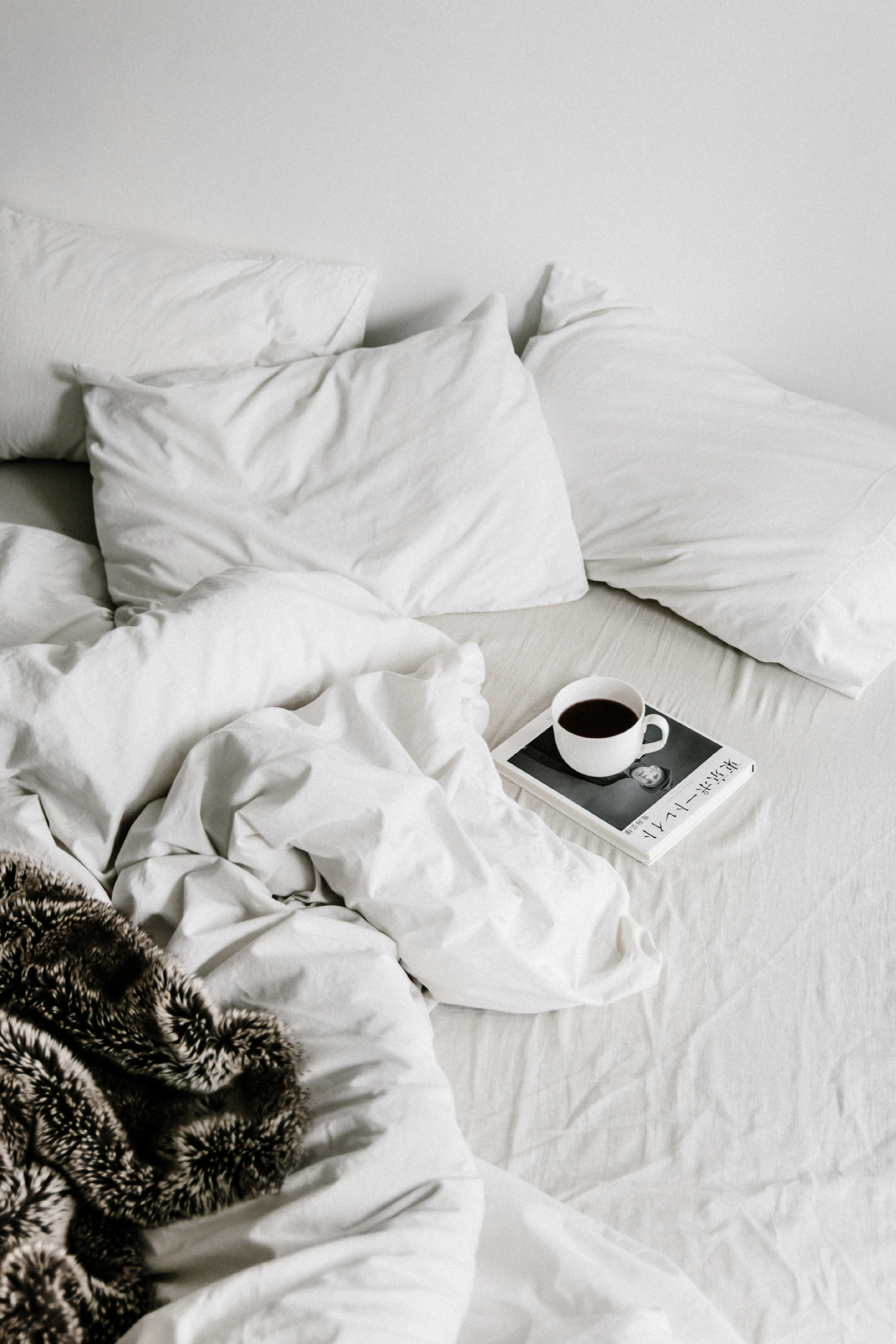4 Scientifically-Proven Ways To Wake Up Feeling Refreshed
I recently finished reading The Stanford Method for Ultimate Sound Sleep by Seiji Nishino – only available in Japanese, currently – and wanted to share some tips with my English-speaking readers. Dr. Nishino is the head of the Sleep and Circadian Neurobiology Lab at Stanford University and has been conducting sleep research since 1987. Though much of the book is devoted to ways you can improve the quality of your sleep, he also offers several helpful tips on how to feel fresh and energized in the morning – a must-read for any sleep-deprived entrepreneur.
1. Give yourself a 20-minute window to wake up.
Our sleep cycles consist of alternative periods of REM and non-REM sleep. To quickly recap, non-REM sleep is deep, dreamless sleep and REM sleep is lighter sleep when dreams occur. Ever felt groggy after being woken up by a sound or alarm, even after a full night's sleep? There's a chance that you were pulled out of your slumber during a non-REM period. We generally feel more refreshed when we wake up during a REM period, when our bodies are preparing for wakefulness.
Sometimes, our alarms go off during a REM period – great! But other times, our alarms go off when we are still stuck in that non-REM period. Dr. Nishino recommends that we set two alarms – one 20 minutes before you usually rise, and one when you usually rise. Why 20 minutes? REM periods grow longer and more frequent as the morning approaches, shrinking non-REM periods to about 20 minutes. Make sure that your first alarm is not too loud or abrasive, in case you're still stuck in the non-REM period. Of course, set your second alarm at your usual volume so you're not late for work!
2. Soak in the rays.
An important determining factor between sleep and wakefulness is exposure to light. Our eyes are equipped with light-sensitive proteins called melanopsin. When triggered, melanopsin directs the release of melatonin, a hormone that regulates sleep and wakefulness. In other words, all we have to do is open our eyes and catch some morning rays, and our bodies do the rest of the work. Trigger wakefulness by keeping your curtains open or at least partially open overnight, so you wake to sunlight. Sustain wakefulness by drinking your favorite morning beverage in a sunlit corner of your home or by taking a short morning walk.
3. Walk around in your bare feet.
The difference between sleep and wakefulness can also be attributed to shifts in your internal body temperature. Generally speaking, when you are asleep, your internal temperature is low due to low organ activity. When you are awake, your internal body temperature is high due to high organ activity.
A good way to facilitate wakefulness is to bring down your external temperature, or skin temperature. Why? Because your body, craving homeostasis, tries to balance this out by increasing its internal body temperature, leading to wakefulness. Though there are many ways we can bring down our skin temperature, Dr. Nishino recommends we do this by feeling the cold floor beneath our bare feet first thing in the morning. Our feet contain vital nerve endings that are highly efficient for overall temperature regulation. Just the first waking moments while pacing around your home will do.
4. Eat something chewy.
The act of chewing has long been associated with improving memory. (Ever tried chewing gum while studying for a test? You should.) However, recent studies have found that chewing is also closely linked with neural development. When you chew, your trigeminal nerve sends a signal to your brain. Doing so repeatedly activates your brain and strengthens the pathways between your brain and nervous system. Chewing first thing in the morning also helps to kickstart mastication and promote distinct neural patterns between sleep and wakefulness. Include something chewy in your breakfast, like nuts, bacon, dried fruits or chunky granola.

